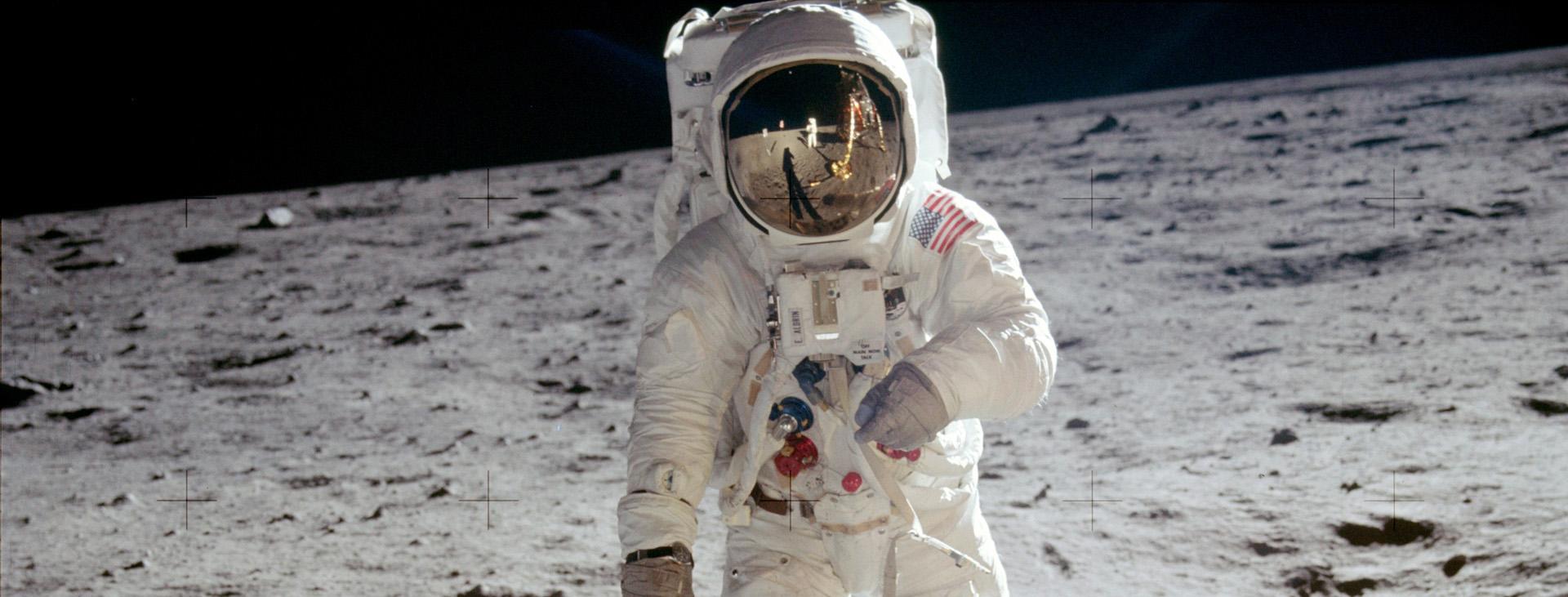


Independent science journalism since 1921.
212 people like this
0 Posts
0 Photos
0 Videos



